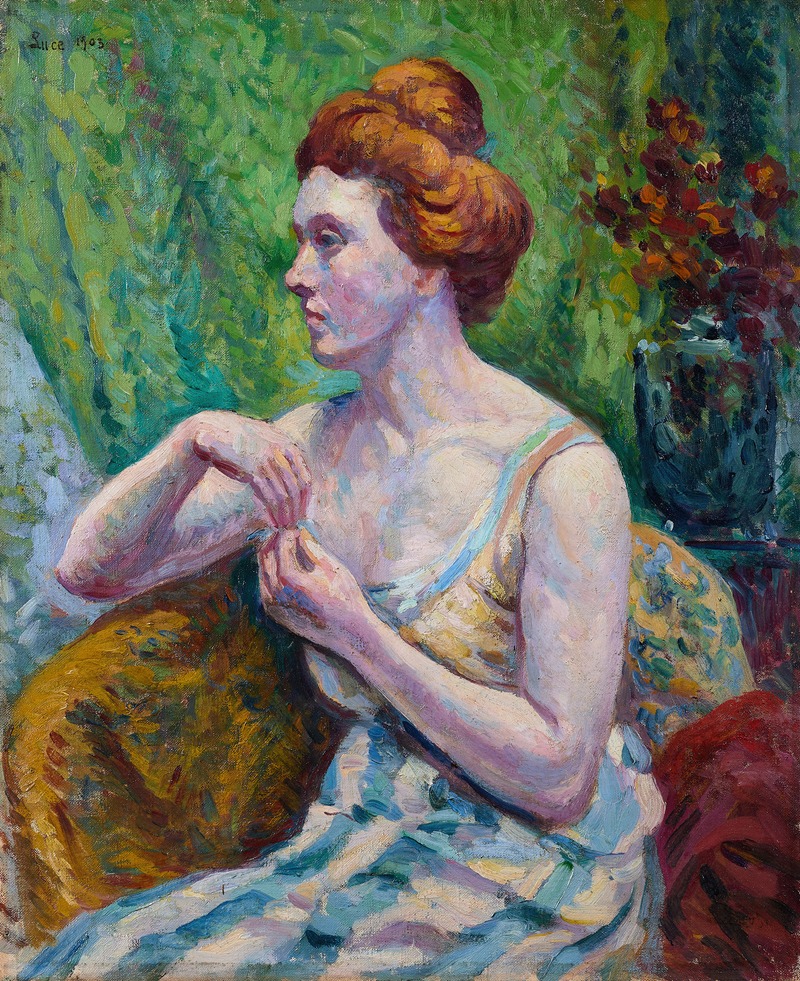
Portrait de femme
A hand-painted replica of Maximilien Luce’s masterpiece Portrait de femme, meticulously crafted by professional artists to capture the true essence of the original. Each piece is created with museum-quality canvas and rare mineral pigments, carefully painted by experienced artists with delicate brushstrokes and rich, layered colors to perfectly recreate the texture of the original artwork. Unlike machine-printed reproductions, this hand-painted version brings the painting to life, infused with the artist’s emotions and skill in every stroke. Whether for personal collection or home decoration, it instantly elevates the artistic atmosphere of any space.
Maximilien Luce was a prominent French Neo-Impressionist painter, known for his contributions to the Pointillist movement alongside artists like Georges Seurat and Paul Signac. Born in Paris on March 13, 1858, Luce initially trained as an engraver before fully dedicating himself to painting. His works often depicted scenes of everyday life, landscapes, and portraits, characterized by a meticulous application of color and light.
"Portrait de femme" is one of Luce's notable works, showcasing his skill in capturing the human form and expression through the Neo-Impressionist technique. While specific details about this particular painting, such as its creation date or the identity of the woman portrayed, are not extensively documented, it reflects Luce's broader artistic style and thematic interests.
Luce's approach to painting was heavily influenced by the scientific theories of color and light that were central to the Neo-Impressionist movement. This movement, also known as Divisionism or Pointillism, involved the application of small, distinct dots of color that, when viewed from a distance, visually blend to create a fuller range of tones. This technique was intended to enhance the luminosity and vibrancy of the artwork, and Luce was adept at using it to convey mood and atmosphere.
In "Portrait de femme," Luce likely employed this technique to explore the subtleties of the subject's expression and the interplay of light on her features. His portraits often reveal a deep sensitivity to the character and presence of the sitter, capturing not just their physical likeness but also a sense of their inner life.
Throughout his career, Luce was deeply engaged with the social and political issues of his time. He was an anarchist and often depicted the working class and scenes of industrial life, highlighting the struggles and dignity of ordinary people. While "Portrait de femme" may not explicitly convey these themes, it is part of a broader body of work that reflects Luce's commitment to portraying the human condition with empathy and insight.
Luce's contributions to art extend beyond his paintings. He was also involved in various artistic and political circles, contributing to the dissemination of Neo-Impressionist ideas and techniques. His work was exhibited in numerous salons and galleries, gaining recognition for its technical precision and emotional depth.
Maximilien Luce continued to paint and exhibit his work until his death on February 6, 1941. His legacy is preserved in the collections of major museums and galleries worldwide, where his paintings continue to be studied and appreciated for their innovative use of color and light, as well as their poignant depiction of human subjects.
"Portrait de femme" stands as a testament to Luce's mastery of the Neo-Impressionist style and his enduring interest in the human experience. While specific details about the painting may be limited, it remains an important part of Luce's oeuvre, reflecting his artistic vision and the broader cultural and social currents of his time.





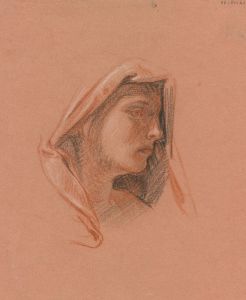
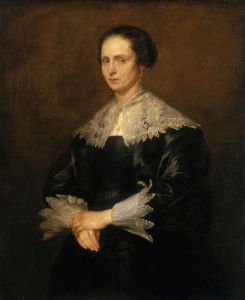
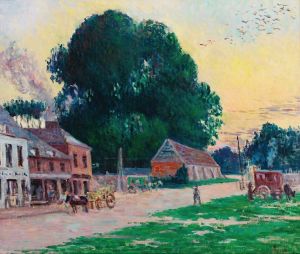


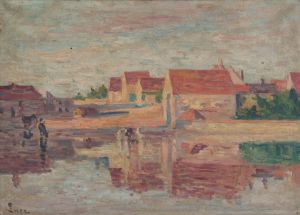
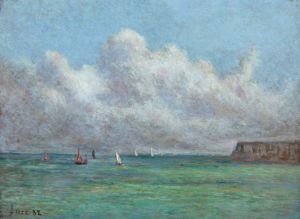
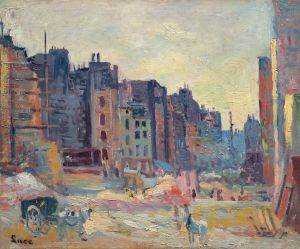
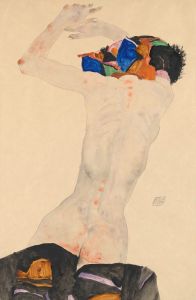

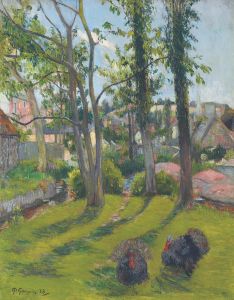
![Foal [also called ‘The Colt’]](/imgs/249760/s/georges-seurat-foal-also-called-the-colt-c93c99f3.jpg)
